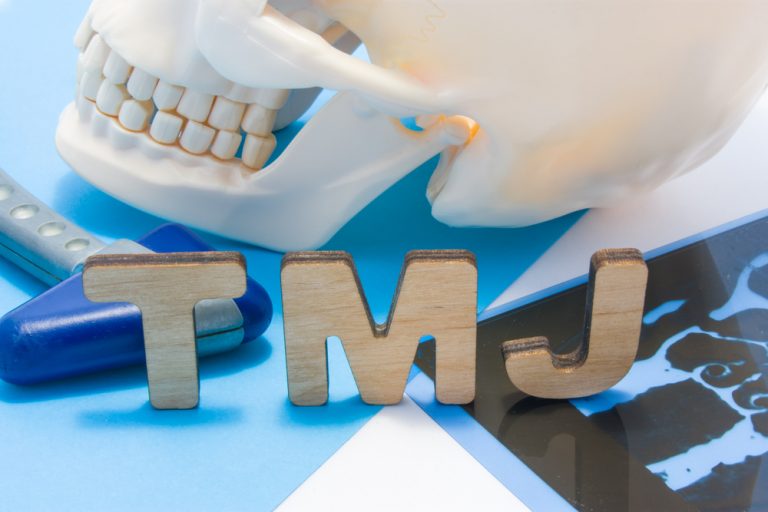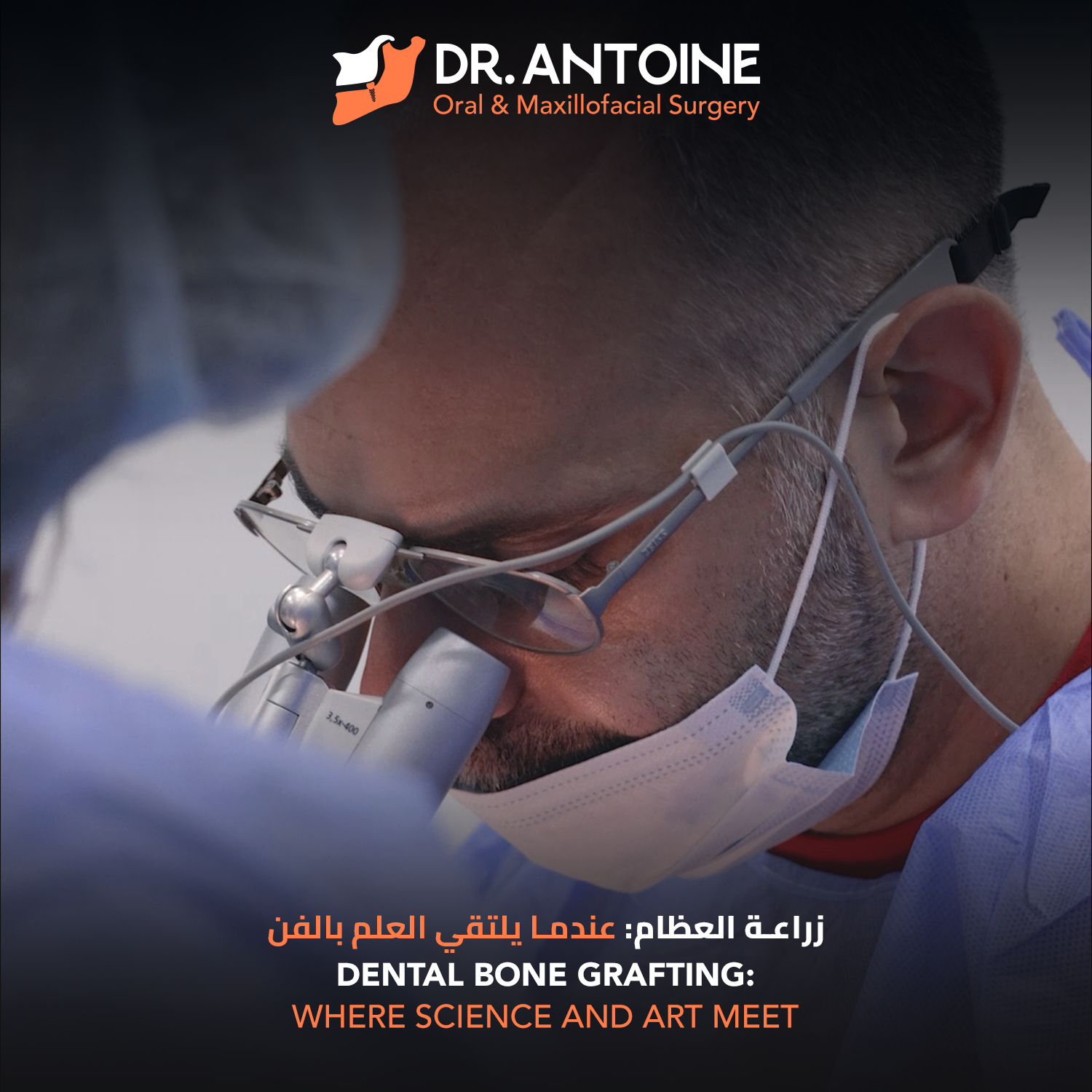The temporomandibular joint (TMJ) is a complex hinge that connects your jawbone to your skull, allowing for movements essential for chewing, speaking, and expressing emotions. When this joint is compromised, it can lead to temporomandibular joint disorder (TMD), a painful condition affecting jaw movement and overall facial functionality. Surgery of the Temporomandibular Joint is often a necessary intervention in severe cases where conservative treatments fail to provide relief, enabling patients to regain comfort and jaw function.
What is the Temporomandibular Joint (TMJ)?
The temporomandibular joint, or TMJ, is a pivotal structure located on each side of the head, at the junction of the jawbone and skull. This joint combines both hinge and sliding motions, allowing the mouth to open, close, and move laterally. It is lined with cartilage and a small, shock-absorbing disc that cushions the bones, enabling smooth jaw movements. When any of these structures are compromised, temporomandibular joint disorders (TMD) can arise, leading to pain and restricted jaw movement.
What Causes Temporomandibular Joint Disorder (TMD)?

The exact cause of TMD can be complex and often varies from patient to patient. While some individuals may develop TMD due to genetic factors, others may experience it due to external causes or lifestyle factors. Common causes include:
- Injury: Trauma to the jaw, joint, or facial muscles, such as from an accident, can lead to temporomandibular joint disorders.
- Arthritis: Conditions like osteoarthritis or rheumatoid arthritis can affect the temporomandibular joint.
- Bruxism: Excessive teeth grinding or clenching (bruxism) exerts undue pressure on the TMJ.
- Stress and Tension: Stress may cause jaw clenching or tension in the surrounding muscles, impacting the TMJ.
- Jaw Misalignment or Bite Issues: Malocclusion or an improper bite may create excessive stress on the joint over time.
Each of these factors, alone or in combination, may result in temporomandibular joint disorders, necessitating evaluation and, in severe cases, Surgery of the Temporomandibular Joint.
Symptoms of Temporomandibular Joint Disorder (TMD)
The symptoms of TMD can vary significantly, with some individuals experiencing mild discomfort and others facing severe pain. Key symptoms include:
- Jaw Pain: Pain or tenderness in the jaw, face, neck, shoulders, or around the ears, especially when chewing, speaking, or yawning.
- Clicking or Popping Sounds: Audible sounds like clicking or popping during jaw movement, which may or may not be painful.
- Limited Range of Motion: Difficulty in fully opening or closing the mouth.
- Headaches or Migraines: Persistent headaches or migraines are common with TMD.
- Earache or Tinnitus: Pain or ringing in the ears, which can mimic ear infections.
These symptoms not only cause discomfort but also impact daily functionality. Surgery of the Temporomandibular Joint may be an option when these symptoms are severe and unresponsive to other treatments.
Diagnosing Temporomandibular Joint Disorder (TMD)
Diagnosing TMD requires a comprehensive approach, as symptoms often overlap with other conditions. An oral and maxillofacial surgeon may use the following diagnostic techniques:
- Physical Examination: Checking for pain or tenderness in the TMJ and listening for sounds during jaw movement.
- Radiographs (X-rays): Panoramic X-rays provide a broad view of the TMJ structure.
- CBCT Scans: Cone beam CT scans provide detailed images, offering insight into any structural issues.
- MRI Scans: Used to examine the soft tissues around the joint, revealing any inflammation or disc displacement.
- TMJ Arthroscopy: In some cases, a small camera is inserted into the joint to provide a more precise diagnosis.
Correct diagnosis is essential to determining whether Surgery of the Temporomandibular Joint is needed or if other treatments might be effective.
When is Surgery of the Temporomandibular Joint Needed?
Surgery of the Temporomandibular Joint is generally recommended only when conservative treatments have been exhausted and symptoms persist. Candidates for surgery often experience:
- Severe Pain: Persistent pain that interferes with daily life.
- Structural Damage: Visible damage in the joint as seen in diagnostic images.
- Loss of Function: Difficulty with normal jaw movements, such as chewing or speaking.
A specialized evaluation by a TMJ expert will confirm if Surgery of the Temporomandibular Joint is the best course of action.
Types of Surgery for Temporomandibular Joint Disorders

Surgery of the Temporomandibular Joint encompasses several procedures, depending on the severity and specific issues with the TMJ. These include:
-
Arthrocentesis
- A minimally invasive procedure where sterile fluid is injected into the TMJ to reduce inflammation and remove debris.
- Ideal for patients with minor joint inflammation and stiffness.
- Performed on an outpatient basis with minimal recovery time.
-
Arthroscopy
- Involves inserting a tiny camera into the TMJ, allowing for diagnosis and treatment of internal joint issues.
- Useful for removing scar tissue, adjusting joint positioning, or performing joint reshaping.
- A minimally invasive option with quicker recovery compared to open-joint procedures.
-
Open-Joint Surgery (Arthrotomy)
- Recommended for severe cases where direct access to the TMJ is needed.
- Ideal for structural repairs such as removing bone growths, correcting severe disc displacement, or treating joint ankylosis.
- This type of Surgery of the Temporomandibular Joint allows for extensive repairs but involves a longer recovery period.
-
Total Joint Replacement
- This type of Surgery of the Temporomandibular Joint is reserved for cases with significant joint deterioration or severe ankylosis.
- Involves replacing damaged joint components with prosthetic implants, restoring movement and alleviating pain.
- Dr. Antoine’s clinic uses advanced technology and biocompatible materials to provide long-term, reliable results for patients.
Each of these procedures offers unique benefits, and the appropriate option will depend on the individual patient’s needs and the extent of their TMJ disorder.
The Surgical Process and Techniques for TMJ Surgery
– Initial Consultation and Diagnosis
The process for Surgery of the Temporomandibular Joint begins with a thorough consultation. Dr. Antoine evaluates the patient’s symptoms, conducts a physical exam, and often uses imaging techniques like MRI or CT scans to determine the condition of the joint. This careful assessment forms the foundation for a personalized treatment plan.
– The Surgical Procedure and Advanced Techniques
During Surgery of the Temporomandibular Joint, Dr. Antoine applies advanced methods to ensure accurate results with minimized risks. Each surgery, whether minimally invasive or complex, is tailored to relieve pain, restore functionality, and enhance jaw mobility.
Post-Surgery Recovery and Care
After Surgery of the Temporomandibular Joint, patients must follow specific recovery instructions to ensure optimal healing. This often includes:
- Cold and Heat Application: Using ice packs initially, followed by heat applications to manage pain and swelling.
- Diet Modifications: Starting with soft or liquid-based foods and gradually reintroducing solid foods as the joint heals.
- Jaw Exercises: Physical therapy exercises help restore jaw function gradually.
Regular follow-up with the surgeon ensures that recovery progresses as expected, with adjustments made as necessary.
Benefits of Surgery of the Temporomandibular Joint
Patients who undergo Surgery of the Temporomandibular Joint often experience significant improvements in their daily lives, including:
- Reduced Pain: Surgery alleviates chronic pain, enabling patients to engage in normal activities without discomfort.
- Improved Function: Restoration of jaw function for eating, speaking, and facial expressions.
- Enhanced Aesthetic Outcome: For patients with facial asymmetry due to TMJ disorder, surgery can restore facial balance and symmetry.
Frequently Asked Questions About TMJ Surgery
- Will TMJ pain return after surgery?
Most patients experience lasting relief, but maintaining a healthy jaw and avoiding stress on the TMJ are essential. - Is TMJ surgery painful?
Modern anesthesia and pain management methods help minimize discomfort during and after Surgery of the Temporomandibular Joint. - How long does recovery take?
Recovery times vary: Arthrocentesis may take a few days, while joint replacement may require several weeks. - What’s the success rate of TMJ surgery?
Success depends on the type of surgery, but Surgery of the Temporomandibular Joint generally offers a high rate of patient satisfaction and symptom relief.
Expert Care for TMJ Disorders
If you’re experiencing persistent TMJ discomfort, consulting a specialist is essential. Surgery of the Temporomandibular Joint at Dr. Antoine’s clinic offers tailored solutions to help you regain jaw function and alleviate pain. Contact us today to schedule a consultation and learn more about your options: +971566481481
With advanced techniques and personalized care, Surgery of the Temporomandibular Joint can provide significant relief for individuals suffering from TMJ disorders. Dr. Antoine’s clinic in Dubai is dedicated to delivering the highest standards of care, using cutting-edge technology to achieve optimal results. For those in search of effective TMJ treatment and a path to improved quality of life, contact Dr. Antoine’s clinic today and take the first step toward relief and recovery.



